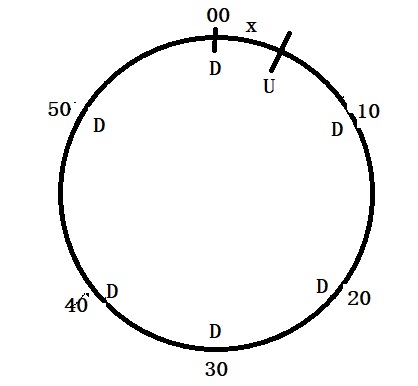The Necktie Paradox
Two friends, Andy and Boris, are making a bet about their neckties, which their spouses gifted them (so they don’t know the price). The bet goes like this: each will call the spouse, and whoever has the cheaper tie wins and gets the other person’s more expensive tie.
Andy reasons that he had a 50/50 chance of winning the bet. If he loses, he loses the value of his tie. If he wins, he wins more than the value of his tie. In other words, there is a 50% probability he loses x and a 50% chance he gets more than x. So, he must wager.
Boris also thinks the same. Obviously, this is impossible, where both men have the advantage in this game.
There is a logical error in their reasoning. The person’s argument of losing x and gaining more than x suggests he thinks he will lose a less expensive tie and get a more expensive tie, which is not correct. Let $20 be the price of a tie and $40 the other. Since each doesn’t know the price at the time of the bet, there are four possibilities with a 25% chance each.
Andy has a $40 tie, and Boris has a $20 tie – Andy’s gain: – $40
Andy has a $20 tie, and Boris has a $40 tie – Andy’s gain: + $40
Andy has a $40 tie, and Boris has a $40 tie – Andy’s gain: 0
Andy has a $20 tie, and Boris has a $20 tie – Andy’s gain: 0
The expected value is: 0.25 x -40 + 0.25 x 40 + 0.25 x 0 + 0.25 x 0 = 0. The same goes for Boris.
The Necktie Paradox Read More »


